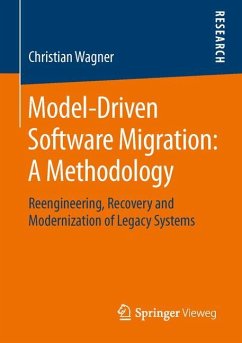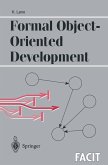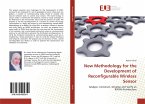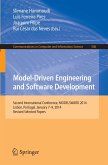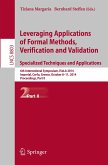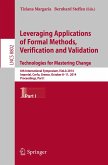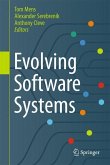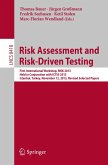Today, reliable software systems are the basis of any business or company. The continuous further development of those systems is the central component in software evolution. It requires a huge amount of time- man power- as well as financial resources. The challenges are size, seniority and heterogeneity of those software systems. Christian Wagner addresses software evolution: the inherent problems and uncertainties in the process. He presents a model-driven method which leads to a synchronization between source code and design. As a result the model layer will be the central part in further evolution and source code becomes a by-product. For the first time a model-driven procedure for maintenance and migration of software systems is described. The procedure is composed of a model-driven reengineering and a model-driven migration phase. The application and effectiveness of the procedure are confirmed with a reference implementation applied to four exemplary systems.
From the book reviews:
"This book is well written and well organized. Its main contributions revolve around an in-depth discussion of the theory, terminologies, and methodology behind model-driven software migration, the practicality of the approach using a complex legacy system, and validation of the work. It can be used as a textbook or reference by graduate students and professionals who are interested in advanced topics in software maintenance." (Hassan Reza, Computing Reviews, August, 2014)
"This book is well written and well organized. Its main contributions revolve around an in-depth discussion of the theory, terminologies, and methodology behind model-driven software migration, the practicality of the approach using a complex legacy system, and validation of the work. It can be used as a textbook or reference by graduate students and professionals who are interested in advanced topics in software maintenance." (Hassan Reza, Computing Reviews, August, 2014)

